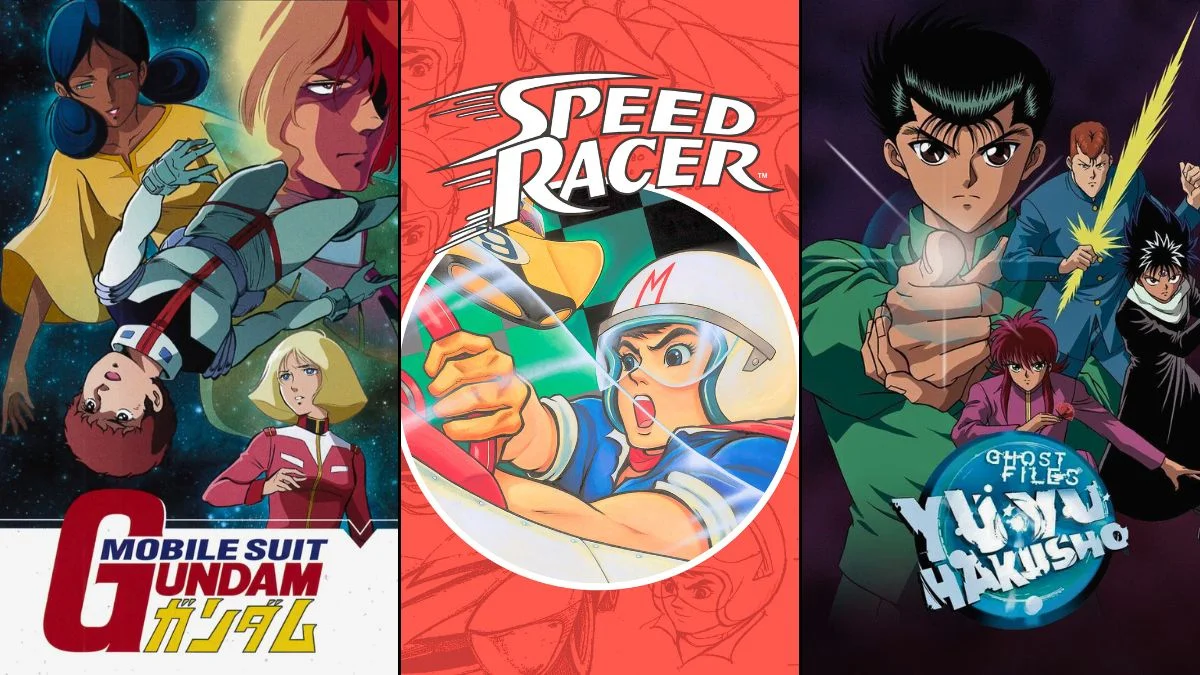
If you recognize these anime titles, you likely grew up watching them during a fantastic time – think Saturday morning cartoons, recording shows on VHS, and remembering catchy theme songs. These shows were incredibly influential, defining many of the common themes and styles we see in anime today, and they brought Japanese animation to audiences worldwide. Many of us first experienced them through dubbed versions on TV or after school. Let’s take a look back at the series that sparked so much passion for anime.
‘Astro Boy’ (1963–1966)
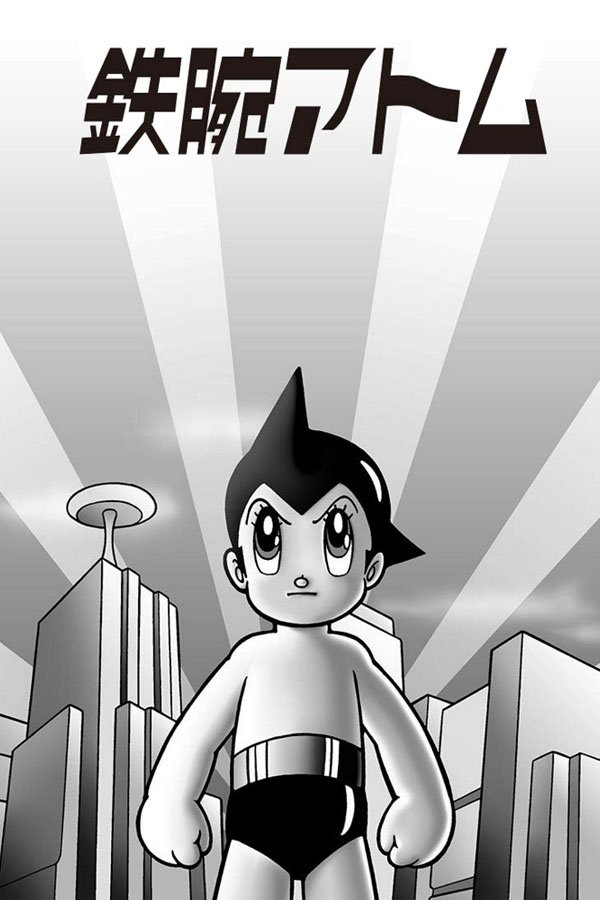
Osamu Tezuka’s famous robot character revolutionized television animation by blending the visual style of manga with filmmaking techniques. The series centers on a powerful, innocent android dedicated to fighting for what’s right. It pioneered many science fiction ideas about what it means to be human and the impact of technology, ideas that later shows built upon. Its international release also played a key role in bringing Japanese animation to viewers in the West.
‘Speed Racer’ (1967–1968)
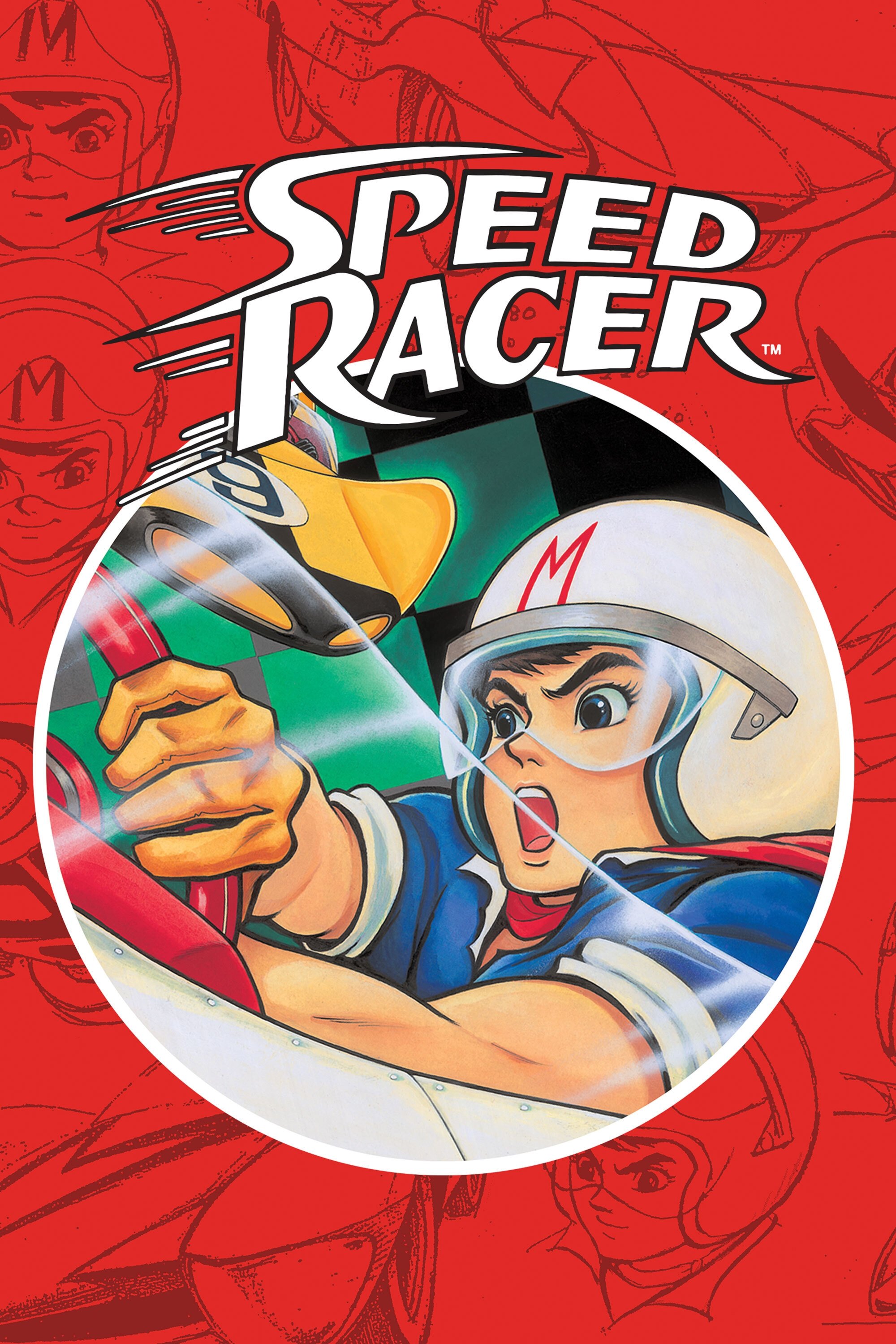
As a lifelong film and animation fan, I always loved Speed Racer. It’s a super energetic story about a family of racers and their incredible car, the Mach 5. What really stood out was how fast the dialogue was and all the cool, creative gadgets they used in the races – it was unlike anything I’d seen before! It was also one of the first anime series to really break through in the West, thanks to being shown everywhere. Plus, the merchandise and that unforgettable opening theme song really made it a part of pop culture history.
‘Lupin the 3rd’ (1971–1972)
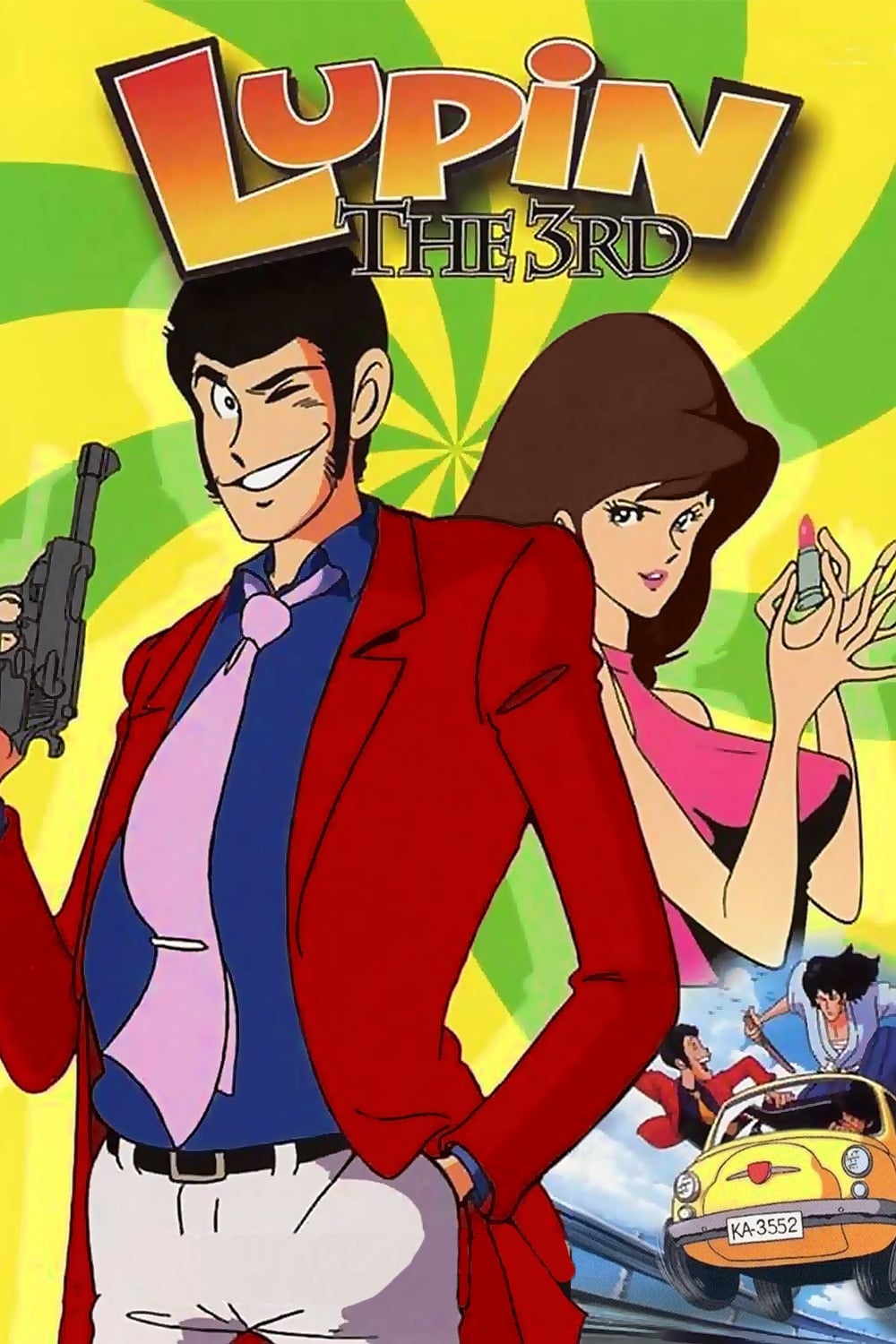
Arsène Lupin III is a charismatic thief known for exciting adventures filled with robberies, clever gadgets, and travel around the world. He’s joined by a skilled marksman, a calm and collected swordsman, and a determined Interpol inspector always on his trail. The series has grown into many different TV shows and movies, each with its own unique feel. Throughout it all, the franchise is known for its cool visuals and upbeat, jazzy music.
‘Mobile Suit Gundam’ (1979–1980)
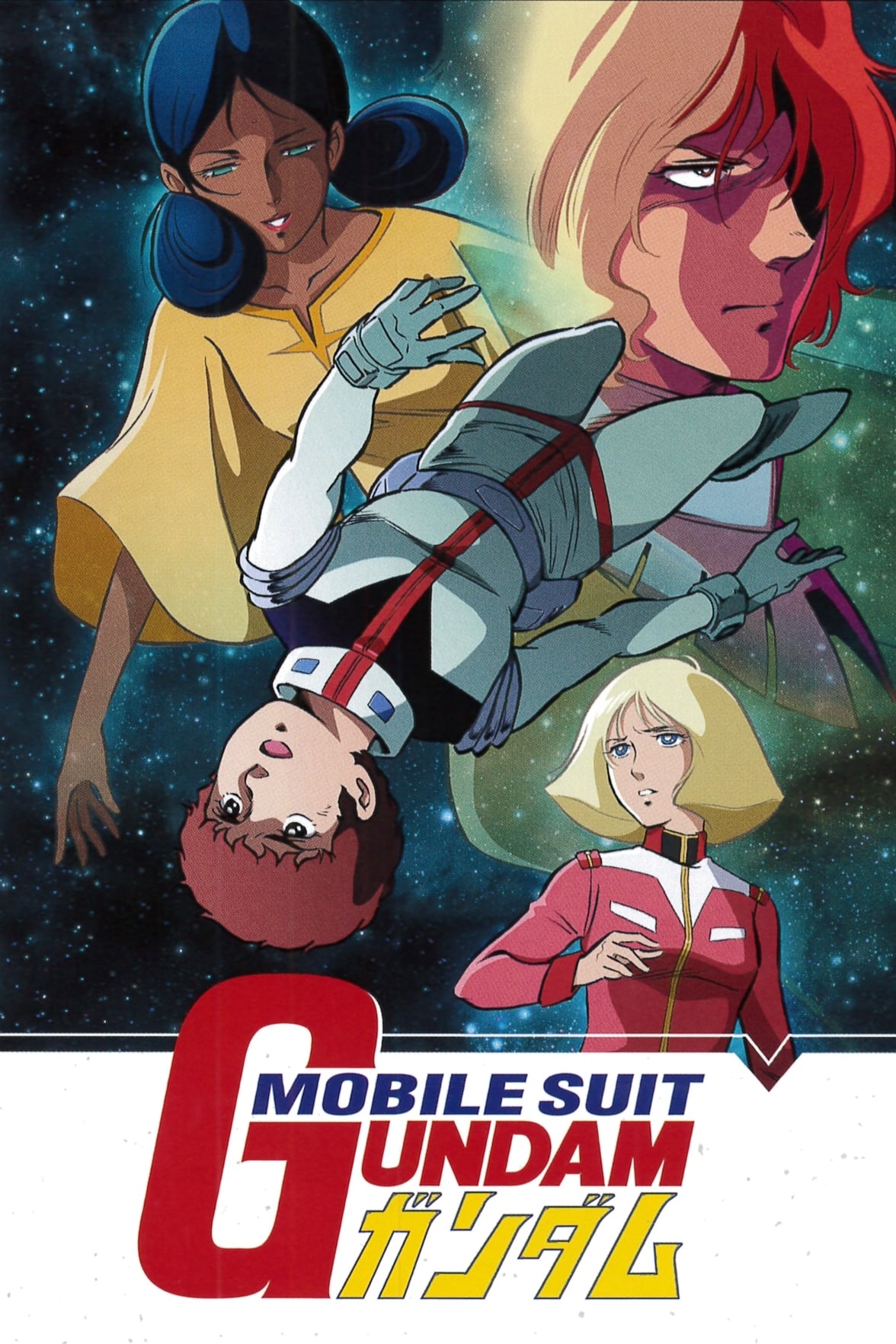
This series is considered a pioneer of the ‘real robot’ genre, focusing on realistic military conflicts and the struggle for resources. It explores themes of colonization, staying neutral, and the human cost of war, all seen through the eyes of a civilian pilot. The popular model kits based on the series were a huge success, providing the funding for its continued development and expanding its story. It has had a lasting impact, inspiring many mecha series since.
‘Voltron: Defender of the Universe’ (1984–1985)

This group of pilots, originally based on a Japanese show, pilots giant, combining robots – specifically, mechanical lions that form one massive defender. Each episode typically featured a unique monster to battle, and the show highlighted the importance of teamwork. Changes made for local audiences helped create a unique feel that connected well with related toy lines and television schedules. The robots’ combining sequence and the use of a glowing sword quickly became iconic moments.
‘Robotech’ (1985)
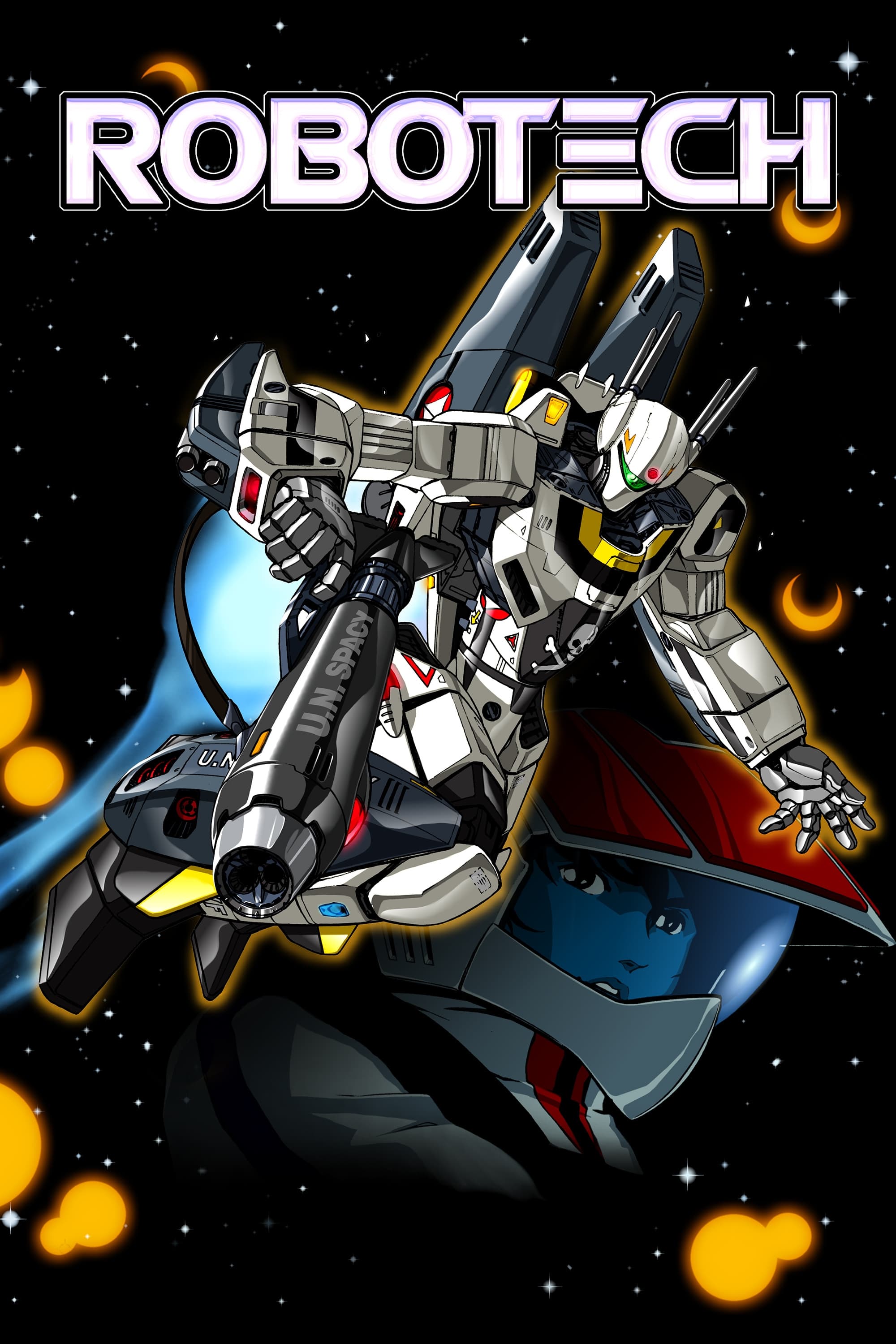
This revamped series combined several Japanese shows into one sprawling family story. It featured robots that could transform, different alien civilizations, and used music to help tell the story. The show was designed for viewers to tune in regularly during the week, and later, DVD and streaming releases helped build a loyal fan base who followed the detailed storyline.
‘Dragon Ball Z’ (1989–1996)

The show centers on Goku and his friends as they face increasingly challenging battles, using energy-based attacks and fighting for the fate of planets. Storylines are divided into major sections that often involve training, competition, and tournaments. Different versions of the show released in various countries feature unique music and dialogue. It has greatly impacted the way many modern action-adventure shows are structured and how characters gain strength.
‘Sailor Moon’ (1992–1997)
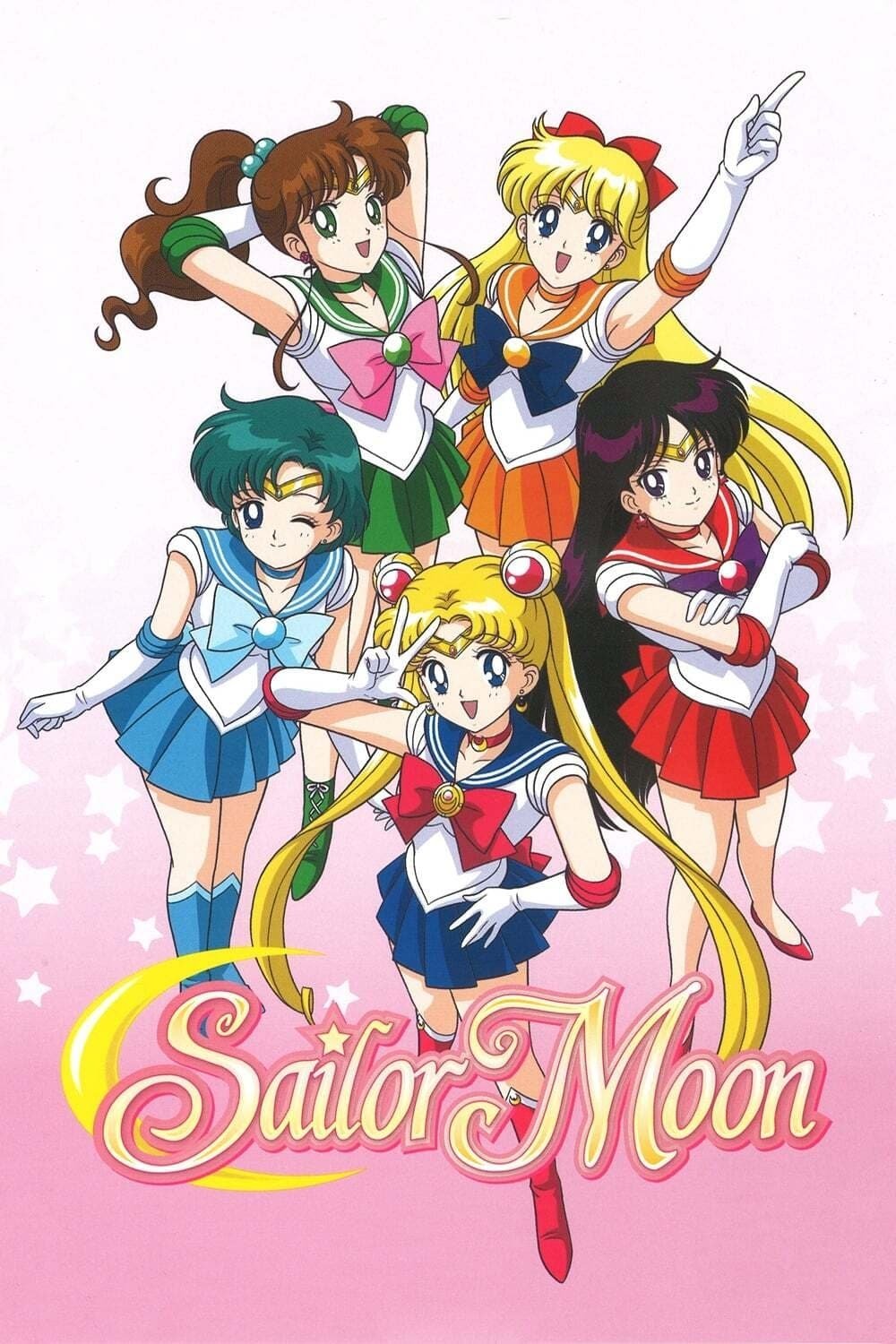
This show follows a team of schoolgirls who secretly transform into powerful guardians, tasked with protecting the Earth while also navigating the challenges of everyday life. It’s known for its signature transformation scenes, special attack phrases, and villains built around specific themes. The series played a key role in bringing the magical girl team concept to a wider audience outside of Japan. Different versions of the show aired in various regions, leading to variations in how characters and their connections were portrayed.
‘Pokémon’ (1997– )

This popular series centers around trainers who journey to catch, train, and battle fantastical creatures. Each new season takes place in a different region, featuring unique creatures, gyms, and competitions. The series’ success has been boosted by its connection to video games and collectible cards, reaching audiences worldwide. Its iconic mascot, Pikachu, is now a globally recognized character.
‘Neon Genesis Evangelion’ (1995–1996)
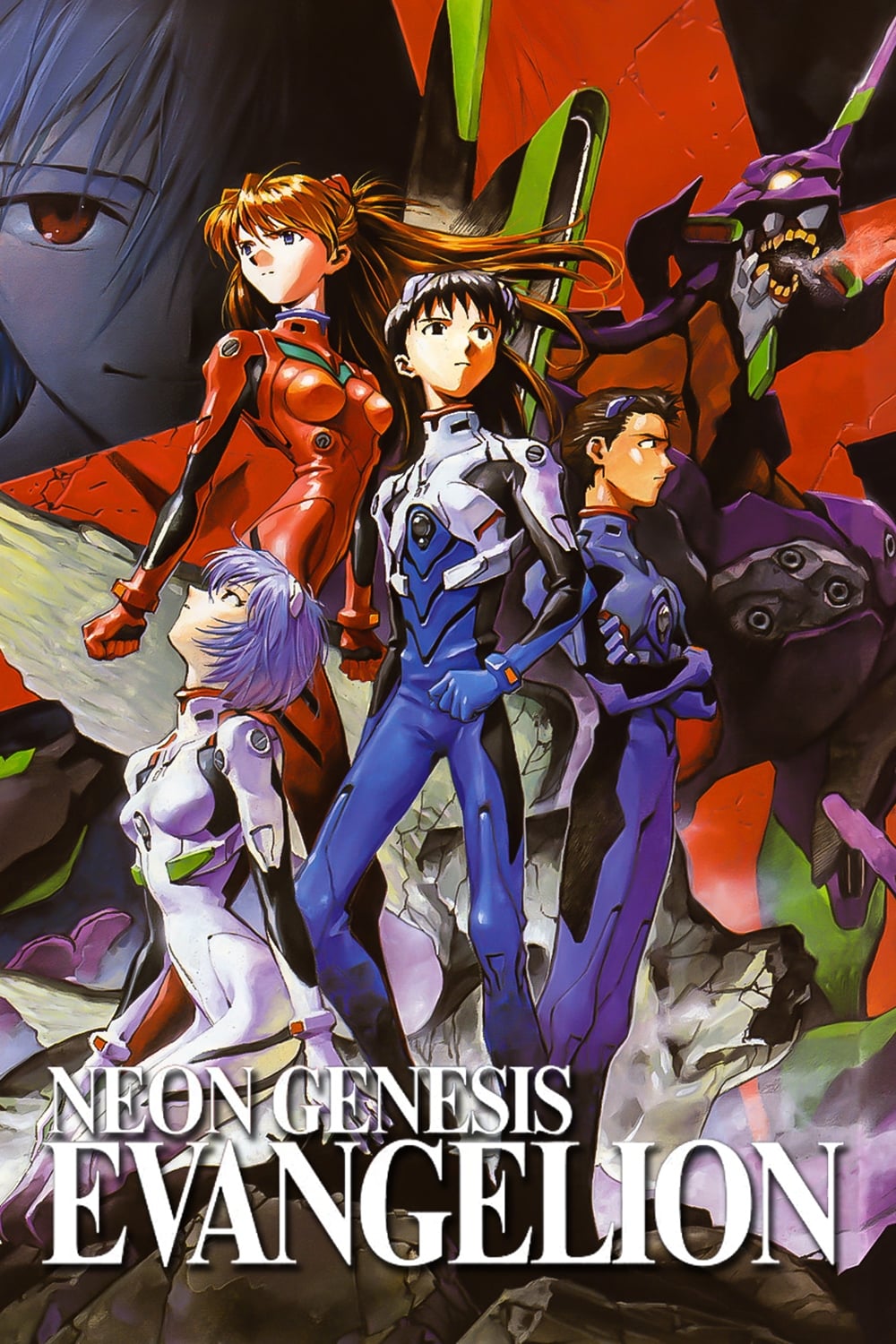
Young pilots fly specially-made machines in battles against strange enemies, all while dealing with intense mental stress. The show combines religious symbolism, the rigid structure of the military, and a unique filmmaking style. Several revisions and alternate endings have sparked a lot of debate about the story’s meaning. The sound design uses a mix of peaceful, quiet scenes and sudden, explosive action.
‘Yu Yu Hakusho’ (1992–1995)
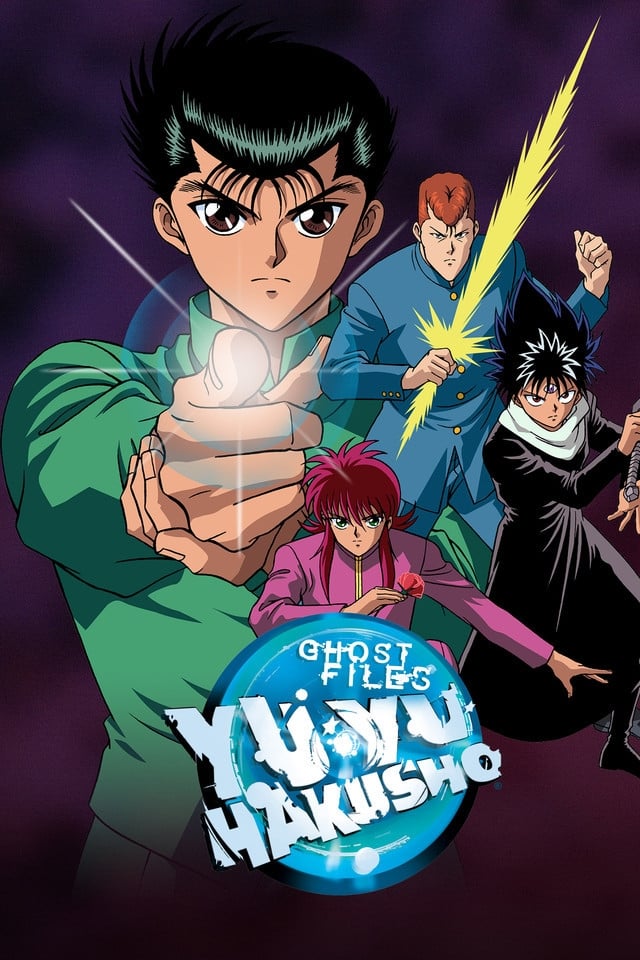
A former troublemaker now solves supernatural mysteries, building a team along the way. The story evolves from individual investigations into bigger challenges like tournaments and large-scale conflicts. Battles are well-defined thanks to each character’s unique skills and power levels. Throughout the series, the characters share funny moments while still facing real danger and high stakes.
‘Rurouni Kenshin’ (1996–1998)

This story takes place in Japan’s Meiji period and centers on a retired assassin who has promised to never kill again. The tale features detailed sword fighting, with specific techniques and strategies. The wanderer’s journey is shaped by the historical events and political changes of the time, and he faces challenges that push his abilities and beliefs to their limits.
‘Cowboy Bebop’ (1998–1999)
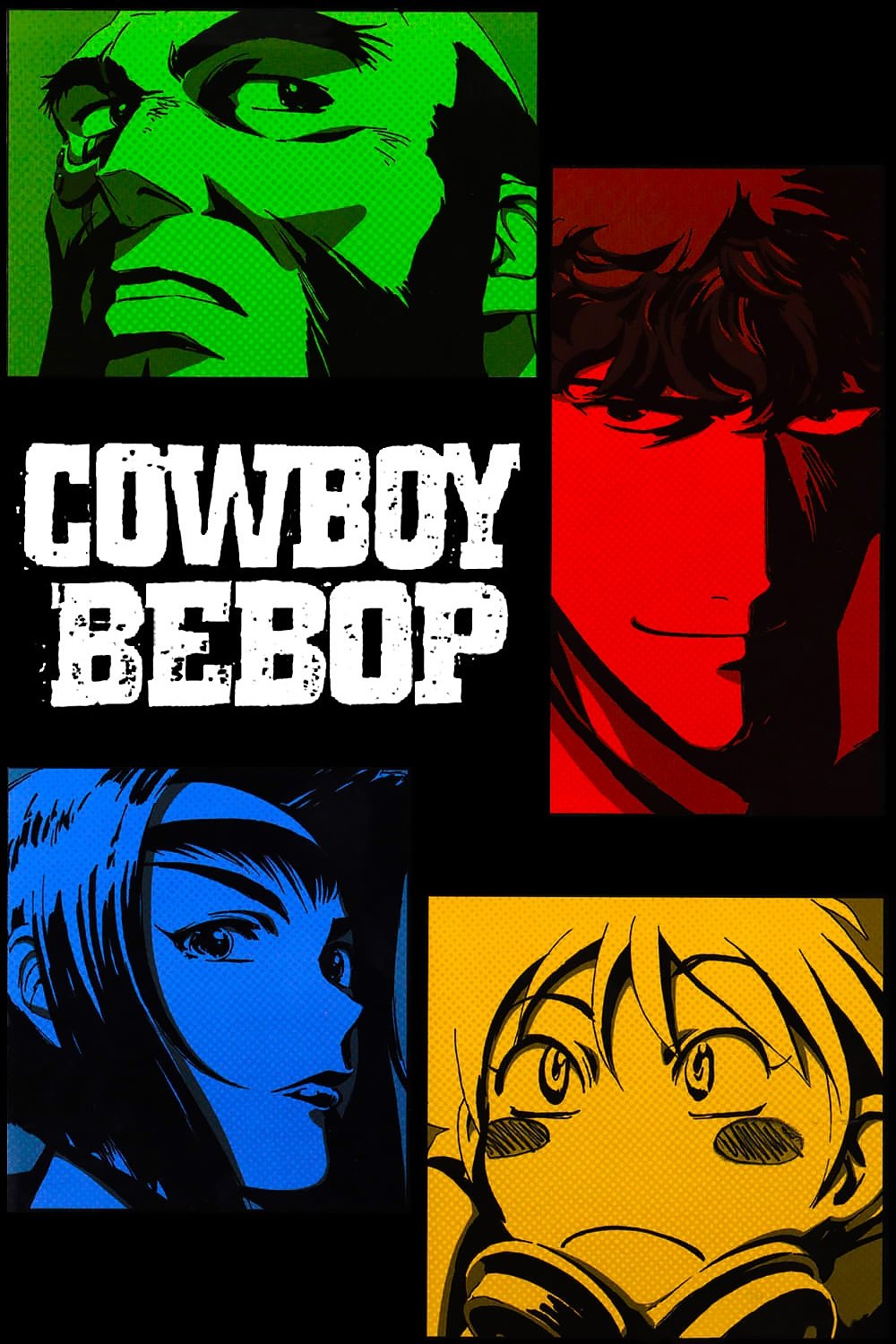
Space bounty hunters take on various assignments, but they can’t escape their histories. Each episode offers a unique story while also building on an overall narrative. The show’s jazz and blues soundtrack sets the tone and keeps things moving, and the visuals combine old-fashioned technology with a classic film noir style.
‘Trigun’ (1998)
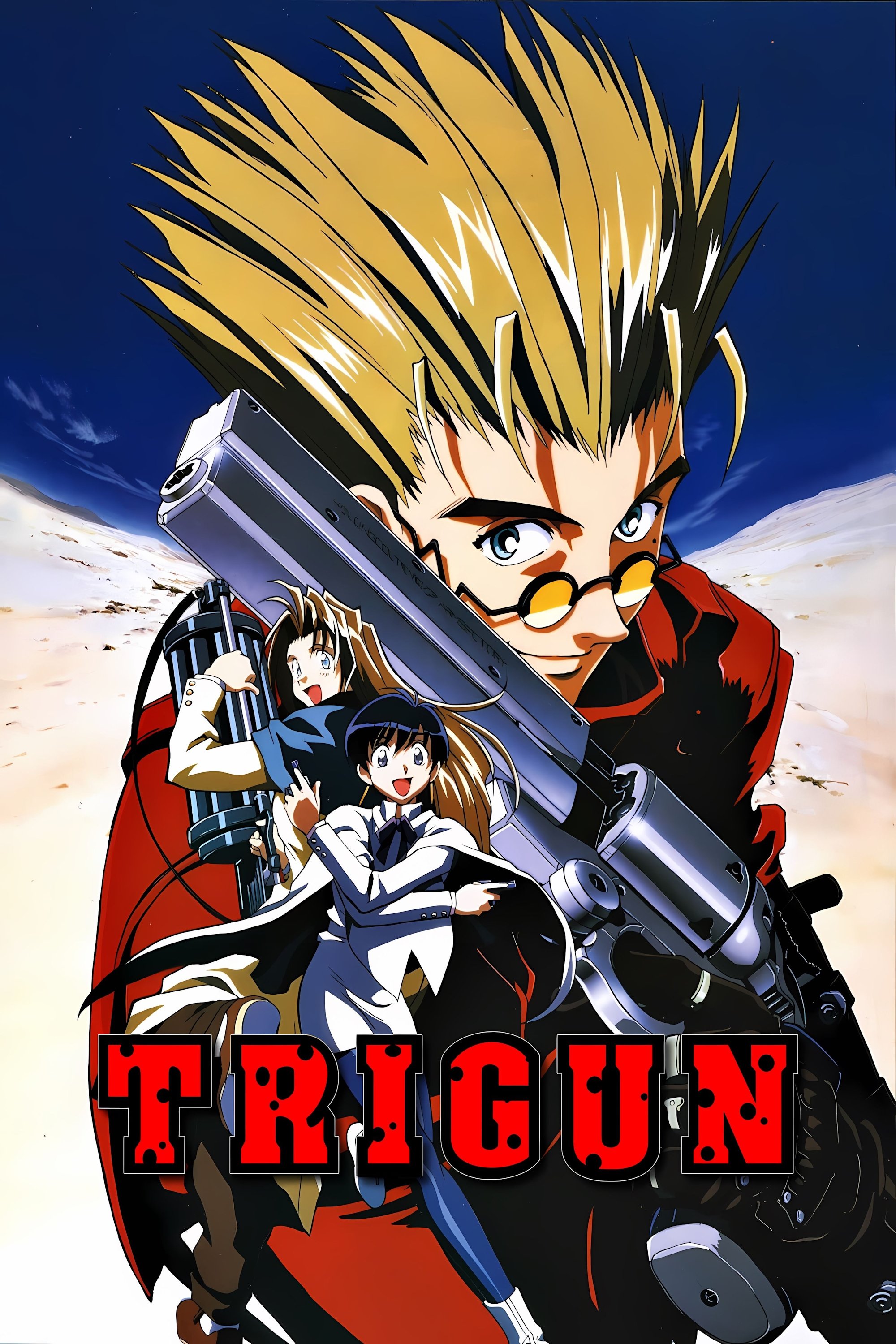
This series follows a gunslinger who avoids violence despite being incredibly skilled, and who’s a wanted man in a harsh desert landscape. It blends humor with deeper explorations of the main character’s past and beliefs. The action sequences are visually exciting and raise questions about right and wrong, all while hinting at a hidden world of environmental concerns and forgotten technology.
‘Cardcaptor Sakura’ (1998–2000)
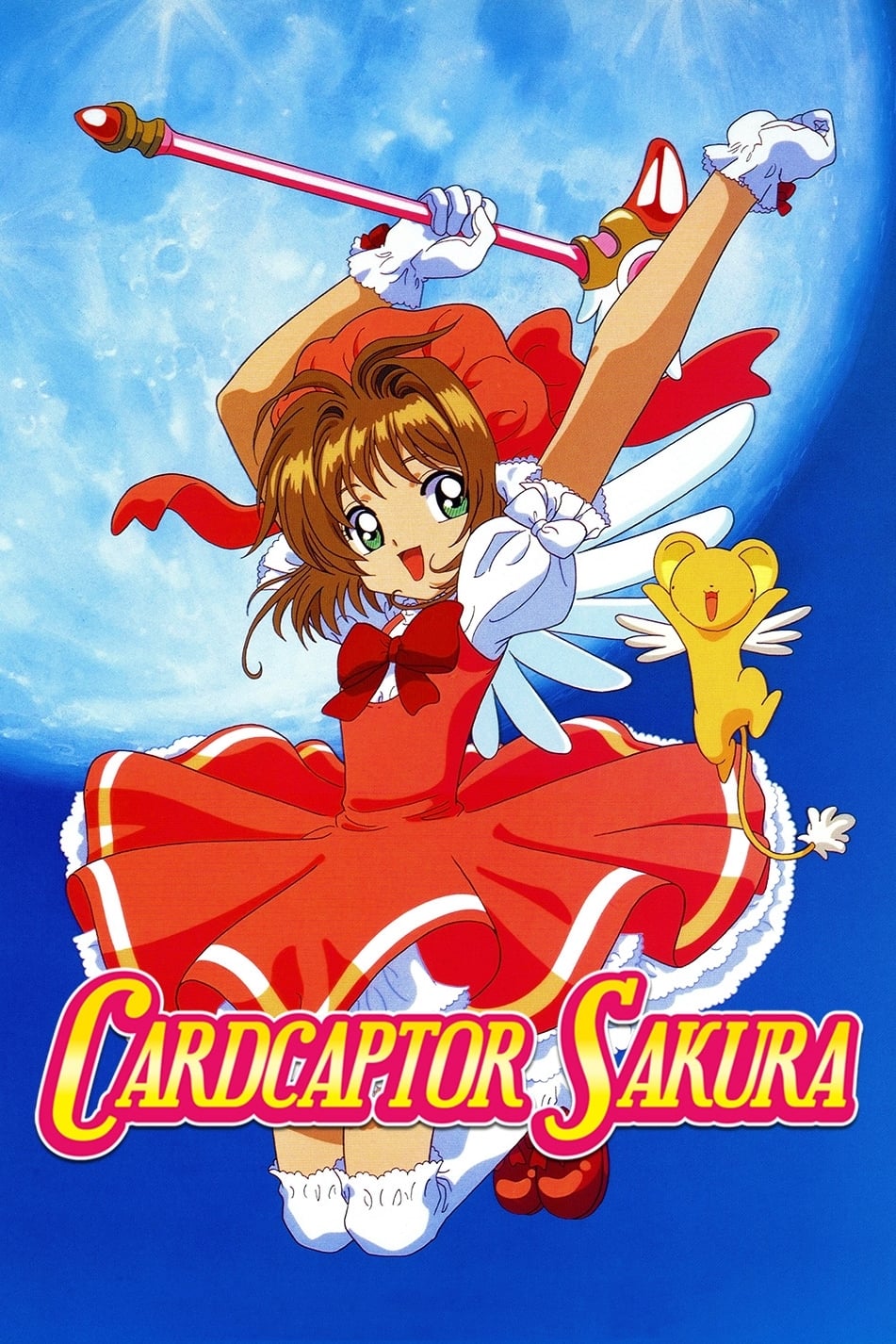
A student unintentionally unleashes magical cards and needs to collect them again, using a staff and different costumes to help. Each card has a unique power that creates the central problem of each episode. The story focuses not only on the magic, but also on the connections between friends and family. Different countries sometimes received episodes in a different order, or with slightly different content.
‘Digimon Adventure’ (1999–2000)
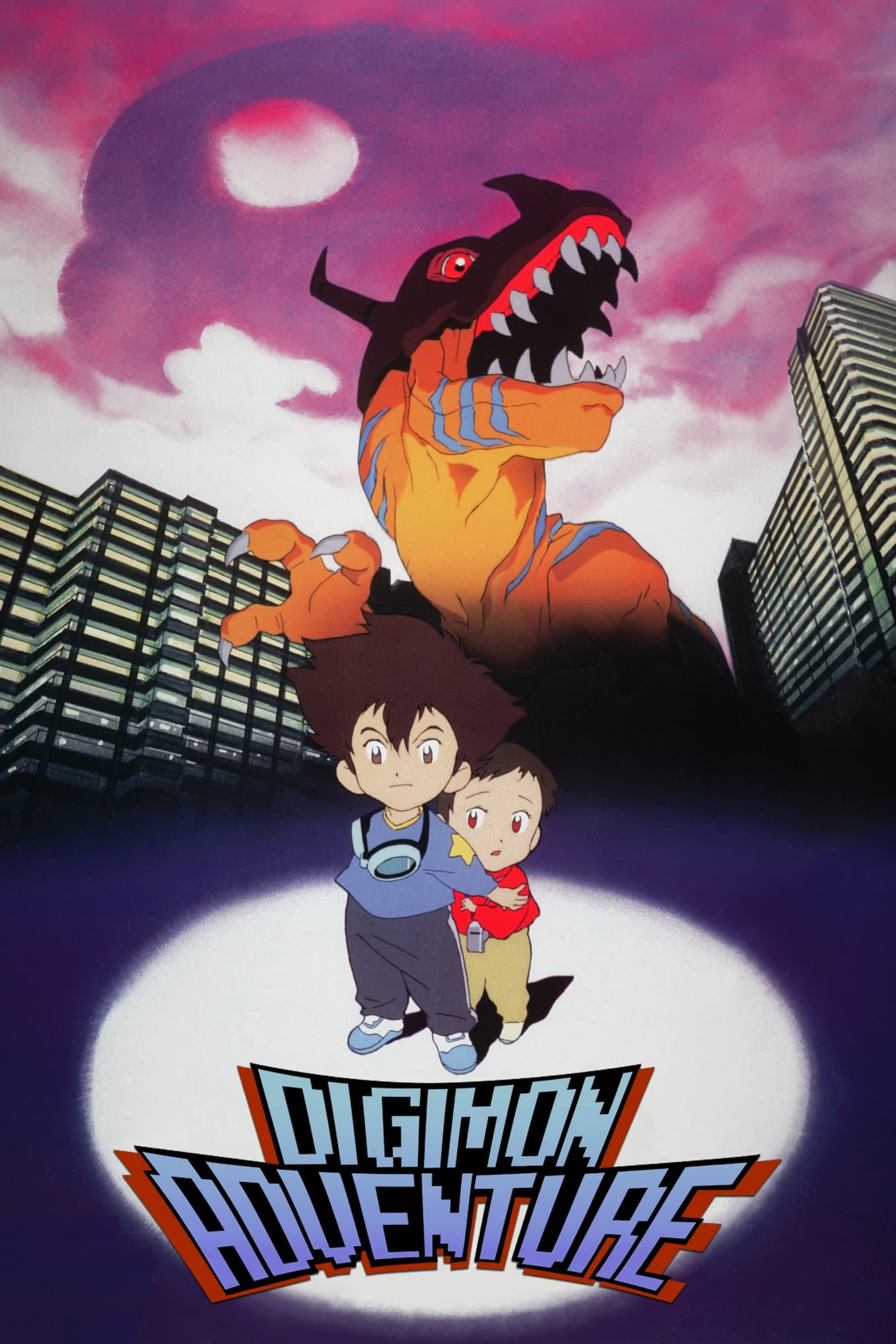
Kids team up with digital creatures that reflect their personalities and help them grow. The story takes place in a world connected to our own through online networks. As the characters battle and the story unfolds, both the creatures and the plot evolve. The series is updated regularly with new characters and locations, but always stays true to its central themes.
‘Mobile Suit Gundam Wing’ (1995–1996)
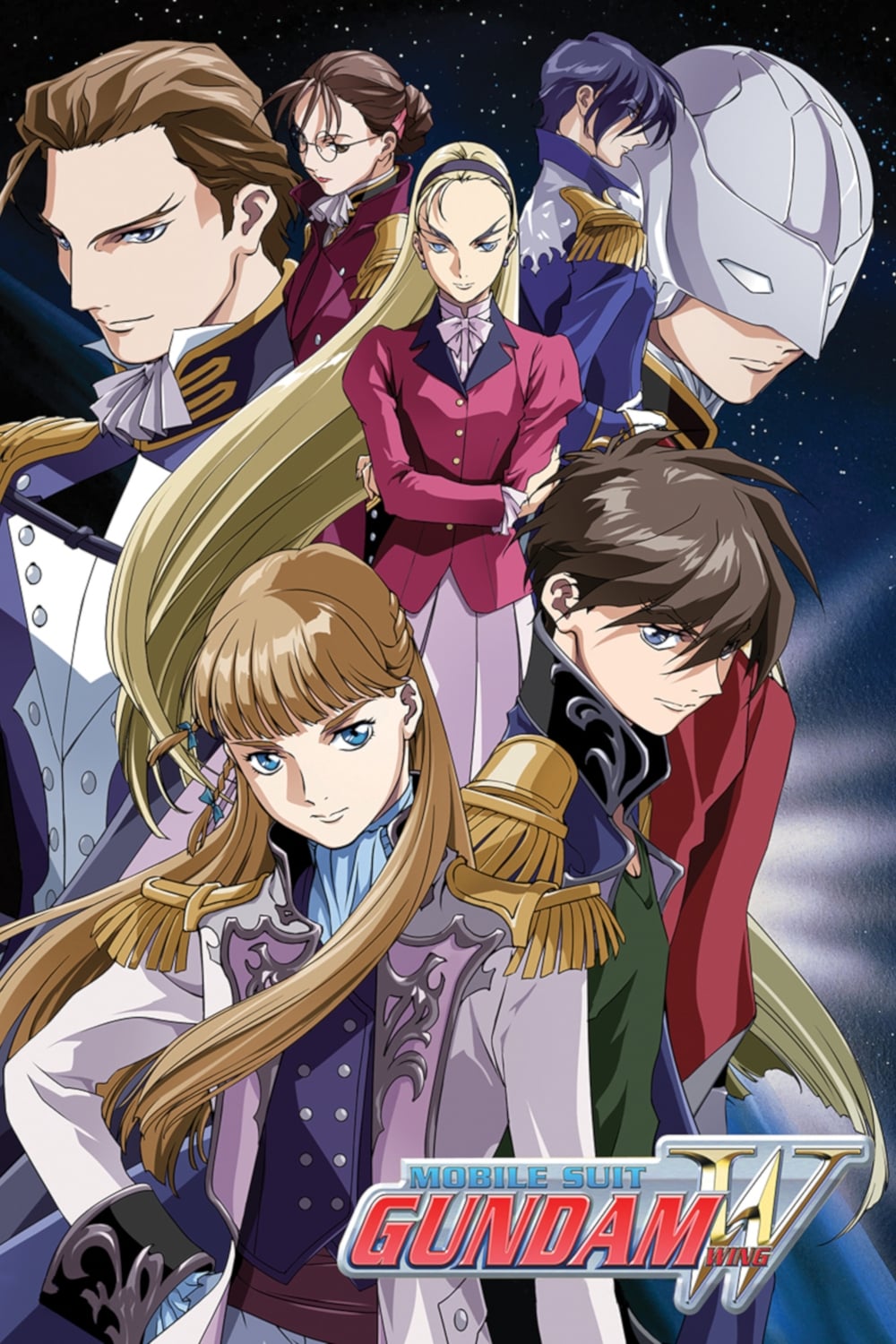
A team of five skilled pilots fights using nimble, high-tech robots in a series of unconventional battles. The story unfolds amidst political turmoil, with power grabs and attempts at negotiation constantly changing the landscape. The series delves into the characters’ backgrounds, revealing the reasons behind their drastic actions. Airing on television channels in Western countries helped the franchise gain a much wider audience.
‘Inuyasha’ (2000–2004)

A student from today finds themselves transported to the past, teaming up with a part-demon on a journey to find a powerful jewel. They gather pieces of the jewel while facing off against competing groups and enemies they keep encountering. Battles are influenced by the characters’ demonic powers and spiritual skills. This blend of exciting action and traditional stories consistently attracted viewers late at night.
‘Naruto’ (2002–2007)

This story follows a young ninja striving to prove themselves and learn powerful skills based on nature’s elements. The plot is deeply rooted in the complex relationships between villages and the histories of different ninja clans, creating ongoing conflicts. The ninja hones their abilities through intense training and challenging exams, alongside a diverse group of characters each with unique talents. The main story unfolds through a series of missions and clashes with rivals.
‘Bleach’ (2004–2012)
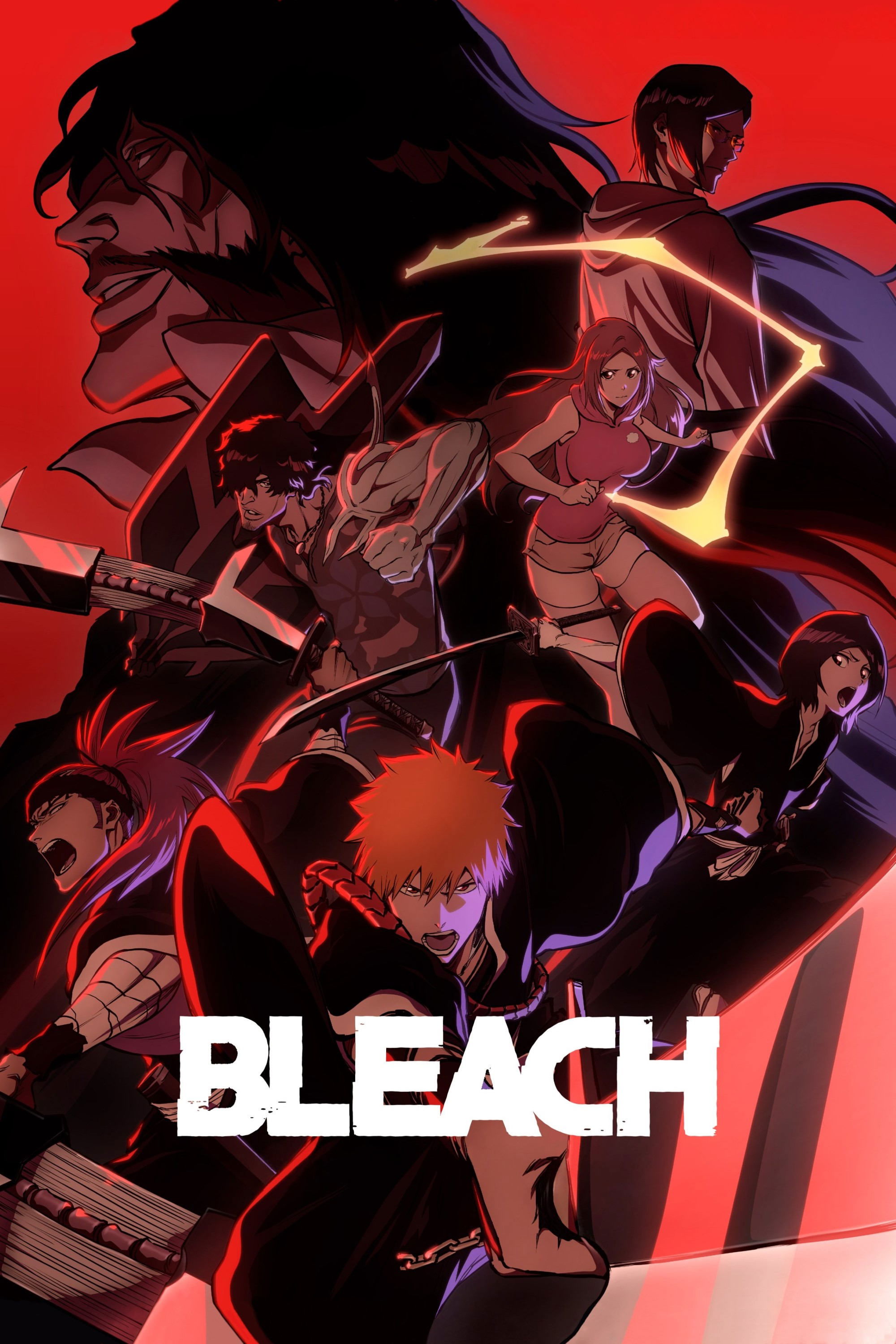
A student unexpectedly becomes a spirit guide and finds themselves in a complex afterlife world with a clear hierarchy. This society uses unique sword techniques and ranks its members to determine power and plan strategies. The story alternates between the world of the living and the spirit world. Over time, the series has grown to include movies, video games, and a large cast of characters.
Let us know in the comments which of these you remember from your childhood, and which one you think is still great today.
Read More
- Fed’s Rate Stasis and Crypto’s Unseen Dance
- Blake Lively-Justin Baldoni’s Deposition Postponed to THIS Date Amid Ongoing Legal Battle, Here’s Why
- Dogecoin’s Decline and the Fed’s Shadow
- Ridley Scott Reveals He Turned Down $20 Million to Direct TERMINATOR 3
- Baby Steps tips you need to know
- Global-e Online: A Portfolio Manager’s Take on Tariffs and Triumphs
- The VIX Drop: A Contrarian’s Guide to Market Myths
- Top 10 Coolest Things About Indiana Jones
- Northside Capital’s Great EOG Fire Sale: $6.1M Goes Poof!
- A Most Advantageous ETF Alliance: A Prospect for 2026
2025-10-26 18:50